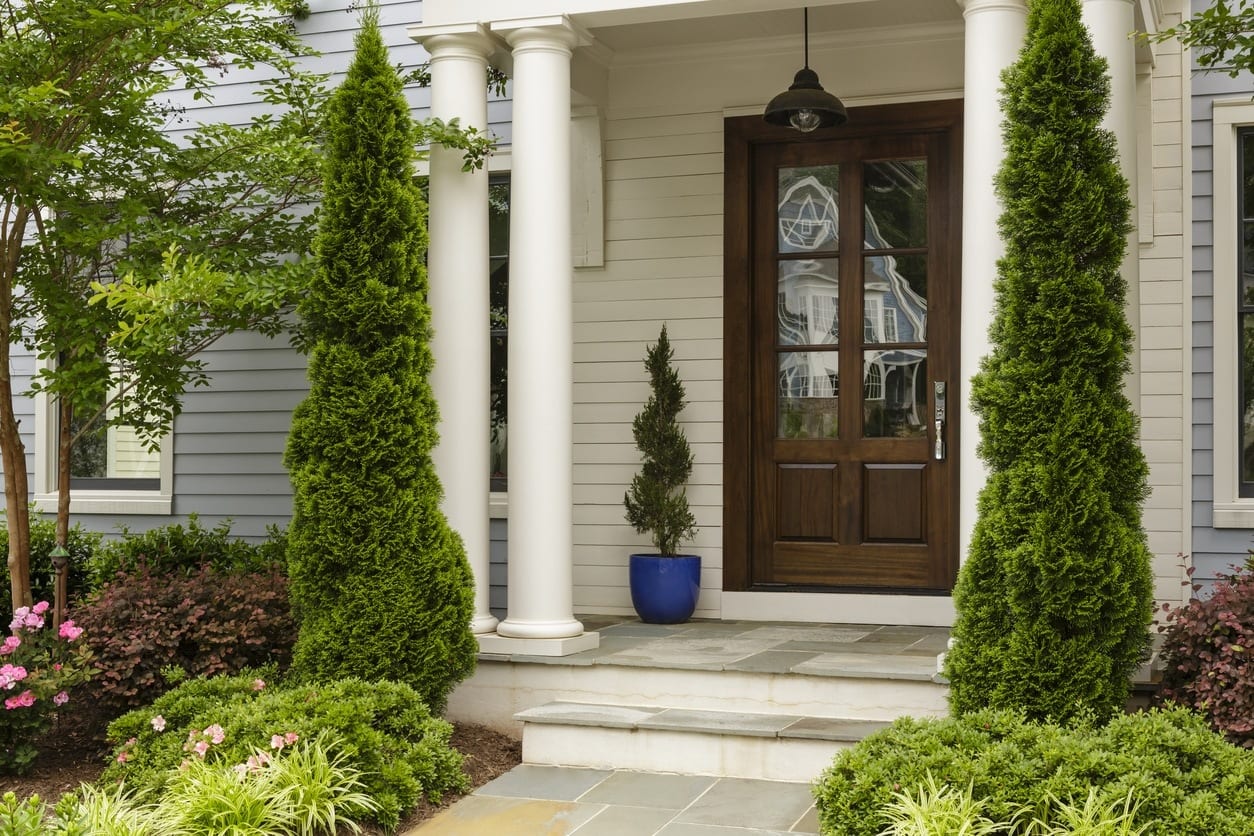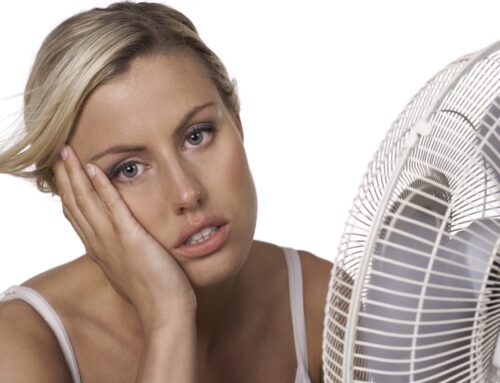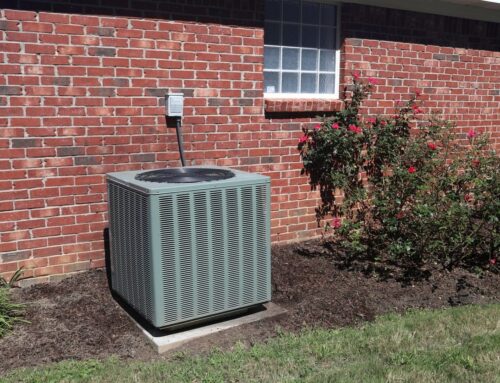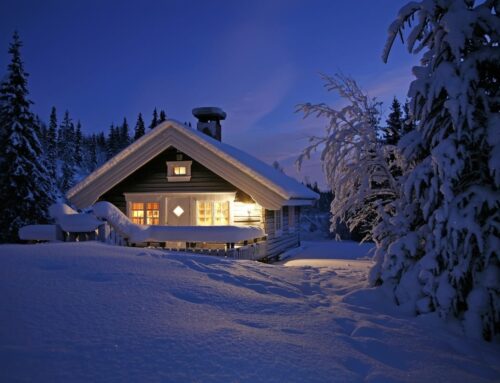
If your entry door is old or damaged, you may be paying too much because of energy loss.
Entry doors are often a home’s showpiece, and on older houses, they can be quite ornate, made of rich wood or elaborately carved. Unfortunately, many front doors can leak both air and heat, contributing to significant losses in energy costs over time.
Here are three ways to improve the energy performance of your front door:
1. Install new weatherstripping
The most common way to lose energy through your front door is air infiltration due to damaged, missing or improperly installed weatherstripping around the door’s edges.
Weatherstripping is placed along all four sides of a door to provide a seal when the door is closed. Its goal is to keep out environmental hazards, like rain and dust, while keeping heat and air inside. Over time, a door can shift in its frame, moving out of alignment with this weatherstripping, or the stripping itself can wear down, creating a gap.
You can test your door’s seal by hunting for cold spots along its edge in the winter. If you find a gap, you have several options to fix the problem.
First is adhesive foam; this rubber or plastic product can be cut to fit any door and is easy to install. But keep in mind, this will only last between one and three years.
A more traditional option is felt, which is effective but will compress over time. Heavier-duty choices include interlocking metal stripping — but this requires separate pieces along the door and jamb on each edge, and likely requires a professional for proper installation.
2. Repair your existing door
If your door is a source of energy loss and the weatherstripping isn’t the issue, there are a number of other repairs you can undertake to improve its efficiency.
First, check to see if the door still fits in the frame. Over time, houses can settle, causing doors to move out of alignment with their frame. If your door sticks when closed or squeaks when opened, it may have shifted.
To repair this problem, start by cleaning the door’s hinges, removing any dirt buildup along the door edges and then tightening any loose screws; this may pull the door back into alignment. If the problem persists, check to see if you can find the source of the sticking; you may be able to sand down that edge of the door for a better fit.
You should also check the caulking on the seams outside of your door frame to make sure it hasn’t rotted away. Caulk is a sealant used to create waterproof barriers, but it can decay over time and after repeated exposure to weather. A single tube of exterior caulk will be more than enough to reseal a door. Make sure to remove all damaged caulk before applying a new layer.
3. Replace your old door
If your door cannot be easily repaired, or if it’s simply losing too much heat and air to the outside, you may want to replace it entirely. Many new doors have steel skins with foam cores, along with a magnetic strip that serves as weatherstripping. The foam core of these doors is rated in the same way as insulation, using what’s known as R-value.
R-value is a measure of insulation’s ability to reduce the rate of heat flow, with higher values being more effective. Most doors range between R-5 and R-6 and are more than five times as energy efficient as solid wooden doors.
Doors with glass panels are less energy efficient because glass easily conducts heat, but most modern doors with glass panels have a plastic insulator – known as a thermal break – between their inner and outer frames.
More expensive glass doors will have several layers of glass, or what is known as low-emissivity (low-E) coatings. These coatings reduce energy loss by 30 to 50 percent but cost 10 to 15 percent more than standard glass panels. It’s also possible to purchase DIY, stick-on coatings that will last 10 to 15 years.
Before choosing a new door, it is also important to consider environmental factors, such as average temperature and weather patterns, in your city or town. Many doors are rated with a solar heat gain coefficient (SHGC), and the lower this value, the less solar heat it can capture and transmit.
In high-temperature, tropical climates, a low SHGC rating is needed; in those with limited sunlight and cooler temperatures, a high SHGC value makes sense.
Installing any new entry door isn’t a difficult job on the face, but it always benefits from the experience of a professional contractor. To properly seat and seal a door requires patience and precision, and a skilled contractor can make sure your new door is installed correctly the first time, rather than requiring the constant adjustment of many DIY attempts.
This article was originally published at angieslist.com. While we are not the professionals to call if you need to replace your front door, we are always ready to help you with finding any potential issues within your HVAC system that could be adding to your rising energy bill. If you suspect that your problem goes beyond your front door, or if you are not ready to say that it is all the front door’s fault, contact us and we will be happy to come out to take a look and give you our inspection report.
Energy Efficient
Save More, Stay Informed!
Sign up for our newsletter and be the first to receive:
✅ Exclusive Sales & Rebates on Mitsubishi Heat Pumps.
✅ Industry News and Expert HVAC Tips.
✅ Updates That Help You Save Energy and Money.





